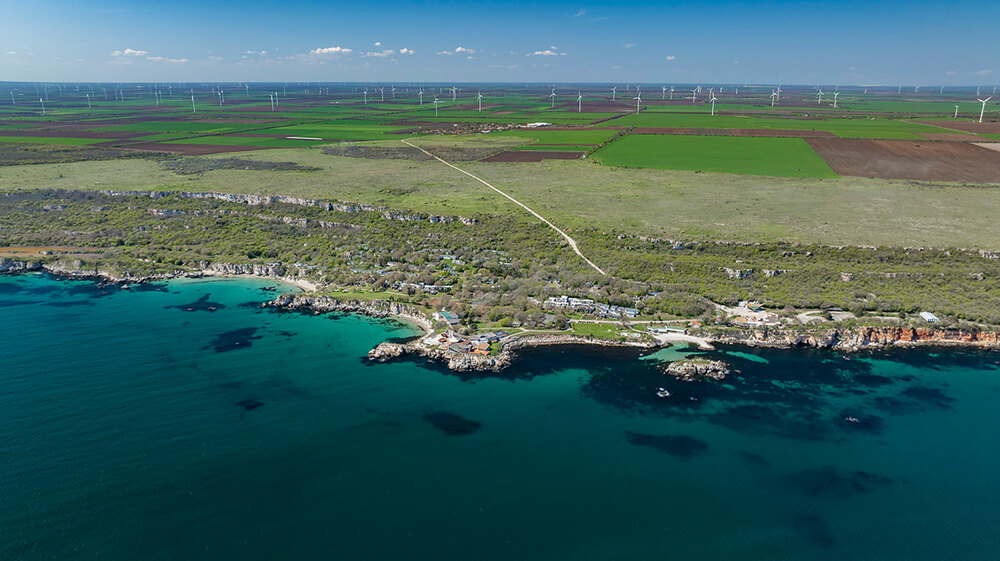site.btaUnderwater Archaeological Survey in Taukliman Bay Uncovers 19th-Century Western European Shipwreck


An underwater archaeological survey has been completed in Taukliman Bay (also known as Bird Bay), approximately 6 km northeast of Cape Kaliakra. The area is rich in historically significant archaeological sites: caves used during various historical periods, ancient settlements, a Late Antiquity necropolis, and a fortress from the same era, the National Museum of History (NMH) reported on Tuesday.
The fortress was built in the early 6th century on a low rocky headland jutting between two small bays. It remained in use until the early 7th century. Its primary role was to ensure maritime supply routes for provisions within a special administrative region created by Byzantine Roman Emperor Justinian the Great in 536 AD.
The earliest known cartographic reference to the bay appears on a map of European Turkiye (which included modern-day Bulgaria), dated between 1825 and 1875. Taukliman also features on a Russian map from 1828, produced by General Alexander Khatov. The first underwater archaeological investigations in the area were carried out by Goranka Toncheva in 1963, followed by a 2005 expedition led by diver Asen Salkin.
In June 2025, an NMH team, led by Prof. Dr. Ivan Hristov, conducted new underwater research in Taukliman. The primary goals were to inspect the aquatic area, map visible underwater archaeological sites, and update the archaeological chart of the bay and the surrounding land. The survey is part of a larger NMH project aimed at compiling an updated catalogue of all ancient harbours along the Bulgarian Black Sea coast.
During an attempt to relocate a medieval iron anchor previously observed around 20 years ago at a depth of 8.5 metres, researchers discovered amphora bases and a fragment of a sgraffito-decorated bowl dating to the first half of the 13th century. These finds confirm that the bay was also used during the medieval period. Archaeologist Georgi Kitov had earlier documented traces of a medieval settlement in the same area.
Among the most significant results of the 2025 survey is the discovery of the remains of a previously unknown Western European wooden sailing vessel, dating to the mid or late 19th century. The ship was likely built in England. Its remains are scattered across a 60-metre radius around a small reef at a depth of 4 to 5 metres.
The discovery of the shipwreck is considered a valuable addition to Bulgaria’s cultural heritage and falls under the scope of the Bulgarian Cultural Heritage Act (Articles 7 and 53), which defines such finds as cultural assets. These are material traces of human activity with both scientific and cultural significance. Under the UNESCO Convention on the Protection of the Underwater Cultural Heritage, adopted on November 2, 2001, such objects must be preserved and studied with care and responsibility.
Following the completion of the investigation, the coordinates of the newly discovered shipwreck were handed over to the Border Police, who are tasked with monitoring and protecting Bulgaria’s maritime territory and preventing any looting of underwater archaeological sites.
/RY/
news.modal.header
news.modal.text
